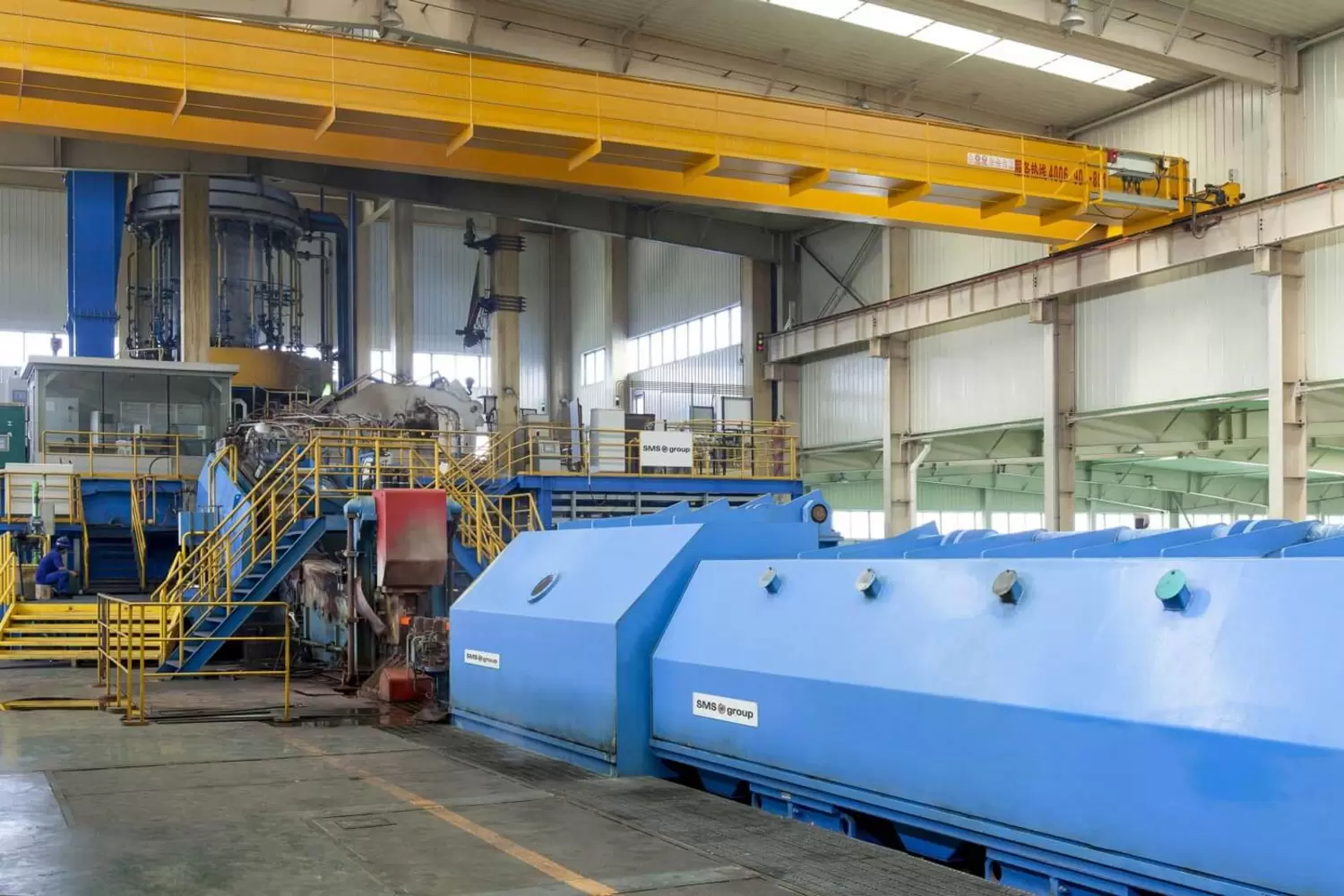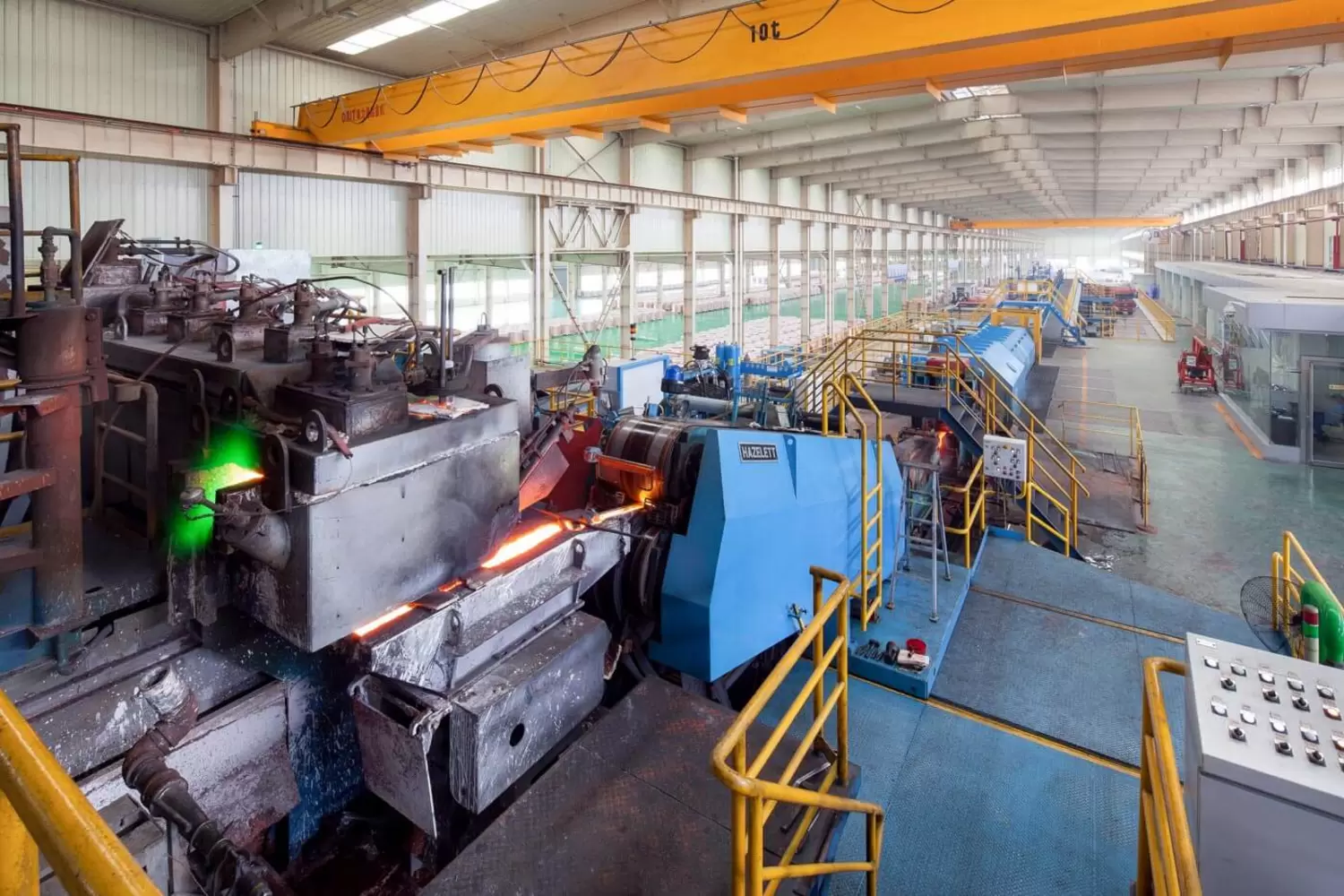Renewable energies and electromobility are the new growth markets and cannot do without copper wire rod which is used in transformers and cables, for example, but also in the motors of electric vehicles. CONTIROD® plants can produce up to 400,000 tons per year of high-quality copper wire rod. A fully integrated casting and rolling process turns copper cathodes and clean copper scrap into a perfect starting material for conductors.
A short history of CONTIROD®
SMS group draws from 50 years of experience in copper wire rod technology. Its expertise banks on a new process for the continuous production of copper wire rod developed in 1972 by Union Minière (MHO), Belgium, Hazelett based in the United States and KRUPP in Germany.
Copper producer Union Minière took the lead in process technology. An ASARCO shaft furnace served for melting the copper cathodes. For the very first time, a Hazelett twin-belt caster was used to continuously produce a cast ingot from liquid copper, and right from the start, a KRUPP rolling mill shaped the cast ingot to copper wire rod in an inline rolling process. The equipment needed to treat the rolled wire rod surface was purchased from subcontractors. Coiler and coil handling equipment were made by plant manufacturer KRUPP, too. After they had gained first experience in production, KRUPP placed the newly developed CONTIROD® system on the market worldwide. Up to now, company names have changed several times from KRUPP to Mannesmann Demag Sack – MDS, SMS Meer and finally to SMS group.
Continuous further development of process
The tradition of CONTIROD® has been continued and can look back on a remarkable success story to this day. Constant advancement and adaptation to ever increasing demands on the final product have always been the driving force behind innovations. Hence, the development of separate drives for the individual mill stands marked a milestone in measuring and control technology. Aided by modern drive systems with frequency-controlled motors it was possible to significantly reduce electrical energy consumption. Advancement of the shaft melting furnace by optimizing the furnace vessel shape, using an innovative cathode charging method and a complex individual burner control system led to a sustainable improvement in process stability.
Currently, the CONTIROD® process is climbing the next rung on the evolutionary ladder thanks to specifically developed digitalization solutions. Digitalization enables targeted process monitoring and preventive maintenance. Thus, networking with customers worldwide has become much easier, and remote service overcomes large distances.
The CONTIROD® success story with its unique selling point, the Hazelett twin-belt caster, is being continued even 50 years after its creation. Vast experience gained over a period of half a century as well as current developments such as 3D printing, digitalization and global remote support are the pillars on the basis of which CONTIROD® is being carried into the future.


